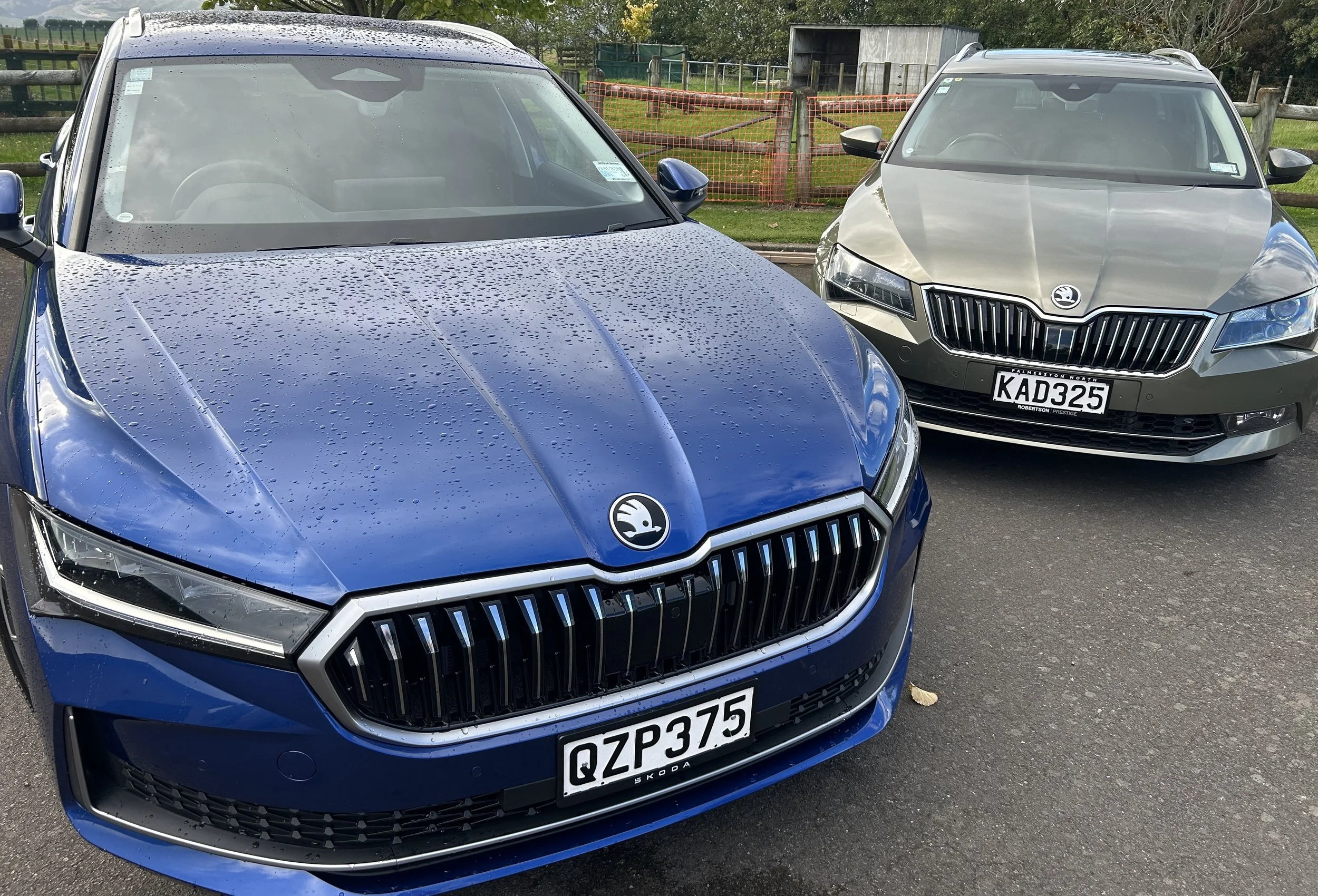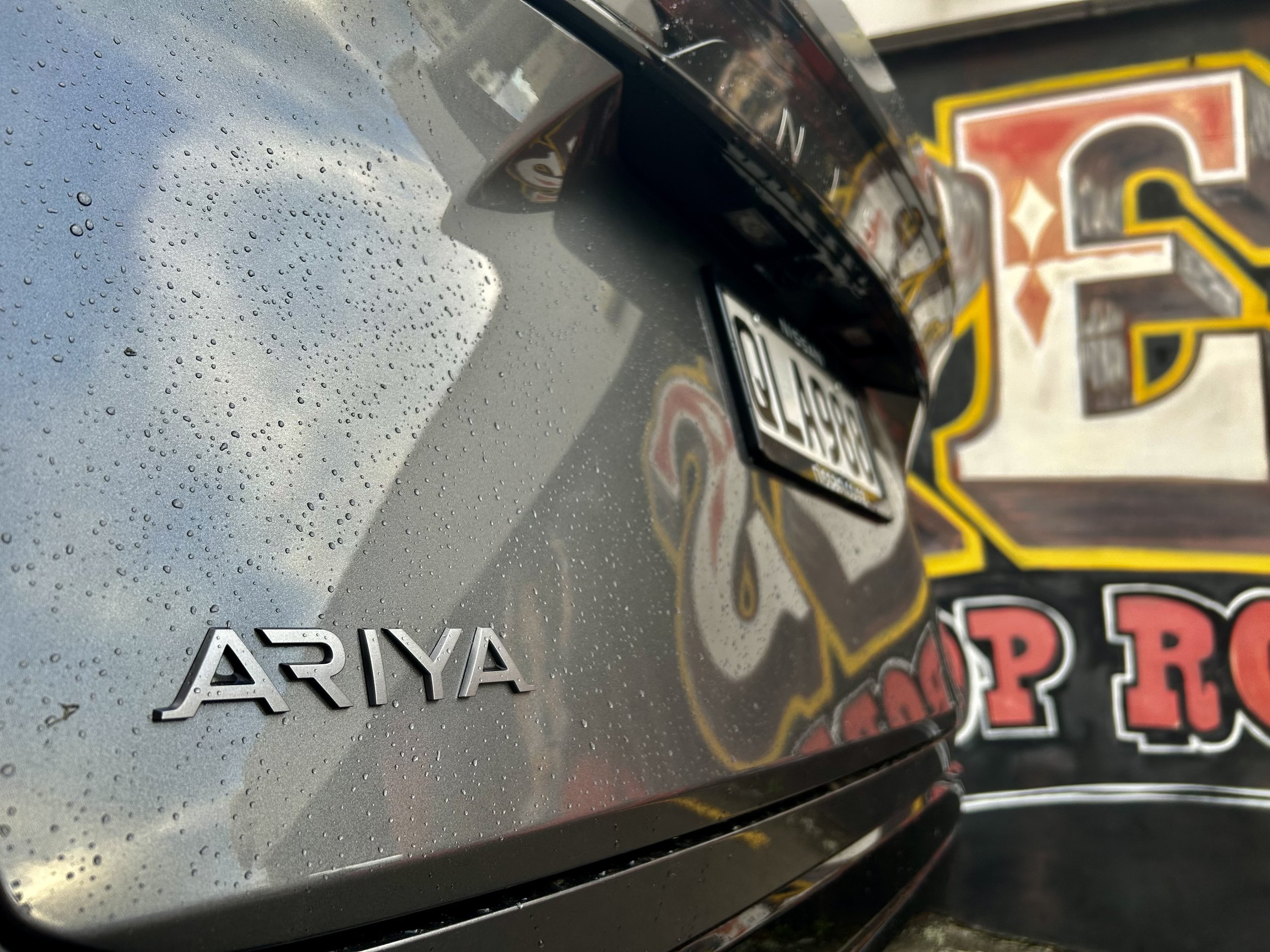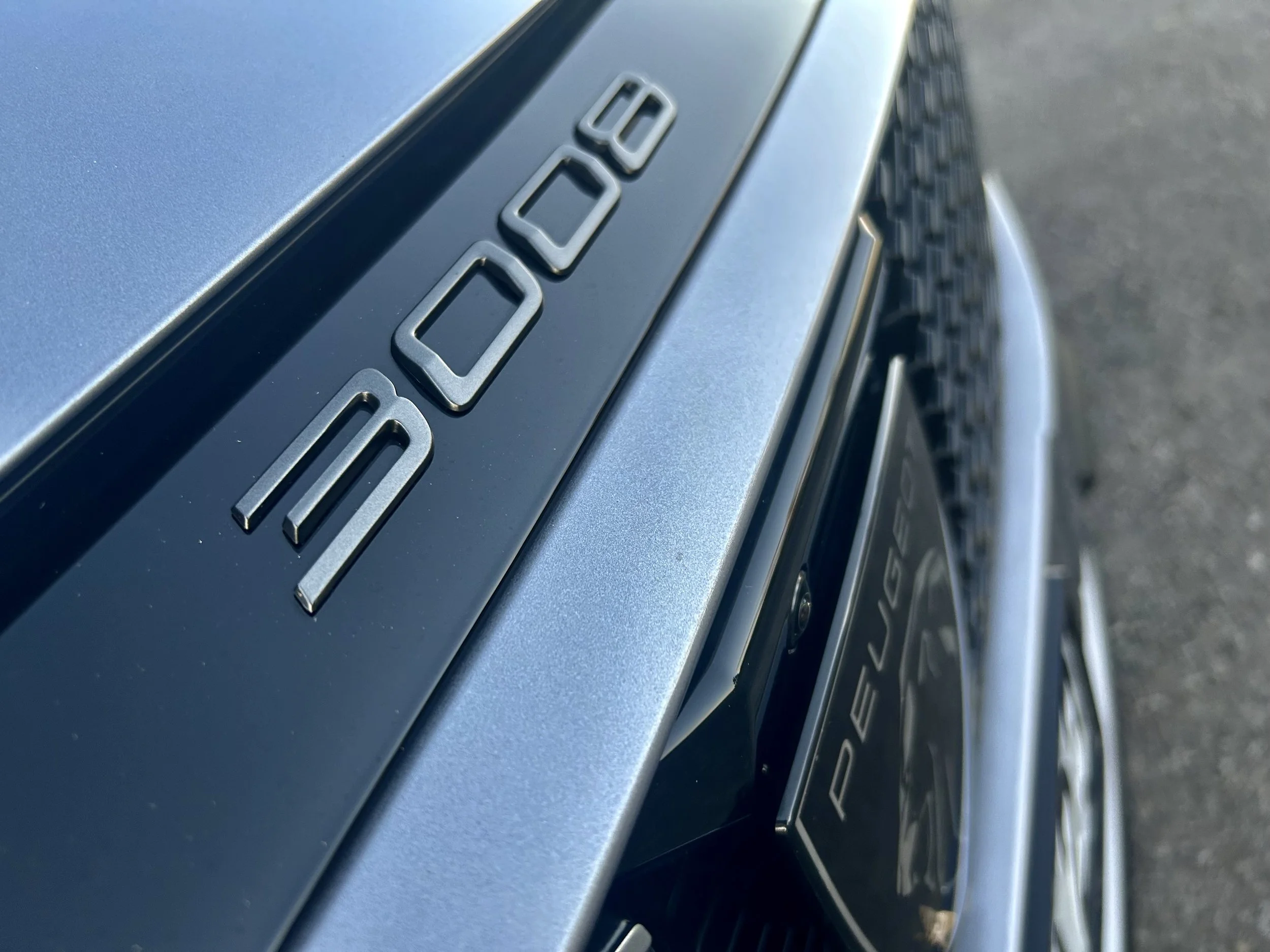Green card play for electric Silverado?
/GMSV’s NZ branch has acknowledged battery-driven big boy.
WHAT chance Kiwis will experience an electric edition of a big American utility whose fossil fuelled formats will soon relegate to the darkest end of the emissions naughty corner?
The New Zealand office for the Australasian distributor for Chevrolet product, General Motors Special Vehicles, is non-committal about the Silverado EV, a breakthrough battery-driven cousin to the fossil fuel-swilling 6.2-litre V8 petrol and 6.6-litre V8 turbodiesel Silverado family that would play a handy Green card in wake of soon-to-tighten Government initiative to wean NZ motorists off gas guzzlers.
“The Silverado EV is another vehicle in the General Motors line-up that demonstrates our vision of an all-electric future,” a company spokesman said today.
“However, GMSV is not making announcements about the new model at this stage.”
Variants revealed in single and dual motor guises at the Consumer Electronics Show (CES) in Las Vegas, Nevada are attracting a lot of interest, not least because the types will be on sale in North America from mid-2023, with a predominant rival being Ford’s electric F-150, the Lightning.
Similar in look and – as result of being on a different underpinning - more truncated in dimension to the fossil fuel-addicted Silverado fare selling here presently, the models’ don’t seem set to fully replicate the current Kiwi line’s talent for toting a big payload and 4.5 tonne-plus towing, but will still seem brawny.
Not all details have been shared but Chevrolet says the Silverado EV can tow up to 3629kg (braked) in single motor Work Truck guise with a payload figure of 544kg.
The top line dual motor RST First Edition offers a slightly higher payload of 590kg – well shy of the 875-975kg claimed for the current editions – and an improved towing capacity of 4536kg (braked). The 2500 and 3500 here are designed to tow between 4.5 and 5.5 tonnes with appropriate fixtures.
The RST version makes almost as much torque as the most muscular fuel burning model here, the diesel 3500 Heavy Duty, however, and a 0-100kmh time of just 4.5 seconds makes it much quicker off the line than any current offer.
Where it differs completely is avoidance of using the liquid fuels the current models enjoy mightily – even the diesel will swig at up to almost 20 litres per 100km.
With a fully battery-compelled drivetrain with 350kW DC recharging is claimed to achieve a driving range of as much as 644km in ultimate dual motor form, the electrics are certainly tailored for a different world than the current NZ markets editions serve.
It patently steers clear of the CO2 exhaust emissions penalty coming with the April 1 enactment of Clean Car legislation.
No utility vehicle sold in NZ seems set to escape the carbon tax that’ll be added to all new examples selling from that date.
Unsurprisingly, however, the giant US-style traydecks – so, RAM as well as Chevrolet models - seem set to establish in the highest penalty category and therefore attract an impost of close to $6000.
GMSV’s spokesman had nothing to offer on how the marque will tackle the penalty.
The electric Silverado is based on a platform also used by GM’s other big electric model for Stateside, the GMC Hummer. Chevrolet plans to initially offer two dual-cab variants, with another to follow.
The single motor starter is a 380kW/833Nm Work Truck, the silver model pictured. Aimed at trade and commercial buyers, it has an intended Stateside price tag of $NZ59,000 – basically half the asking price for the base edition in the NZ range, the $119,990 Trail Boss. The motor’s outputs are healthily above those for the 6.2-litre V8, which makes 313kW/624Nm.
More compatible with the spending range for the current Kiwi line is the edition pictured in vivid metallic blue – a dual motor 495kW/1065Nm RST First Edition aimed at family and recreational markets. This knocks out 495kW and 1065Nm; so more 163kW more power and 169Nm less torque than that claimed for the kingpin turbodiesel.
That’s going to sell in its home market for $NZ155,000; $24k above the NZ-market LTZ Premium 2500 and $4900 cheaper than the Heavy Duty.
A dedicated Trail Boss off-road EV edition is expected to follow, with more information about that one expected to come next year.
The RST First Edition has 24-inch alloy wheels, adaptive air suspension, passive rear-wheel steering, fold-down rear seats (extending the length of the tray from 1800mm to 3300mm) and a frontal storage area under the ‘bonnet’.
Leather upholstery, a glass roof, handsfree entry and start, an 11.0-inch digital instrument cluster, 14.0-inch full-colour HUD, and a 17.0-inch rear-seat entertainment screen also feature.
It can also be kitted with GM’s new Super Cruise semi-autonomous driving technology which can travel hands-free of up to 320,000km of US and Canadian roads.
There has been vague talk, mainly out of Australia where the RAM and Silverado fare is converted – with full factory sanction – to right hand drive, that Ford is looking at allowing F-150 Lightning to be delivered to Australasia, though it is also not factory-built in right hand drive.
Likewise, Toyota’s operation across the Tasman has indicated interest in delivering the US-market Tundra under similar auspices; a programme that Toyota New Zealand has expressed interest in. This big brother to the Hilux does not format in electric form.




















